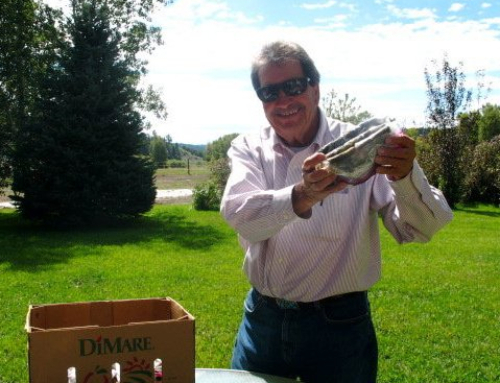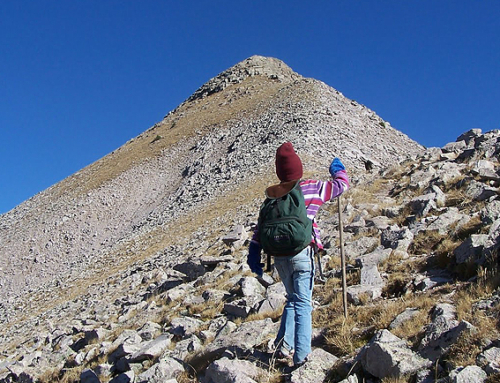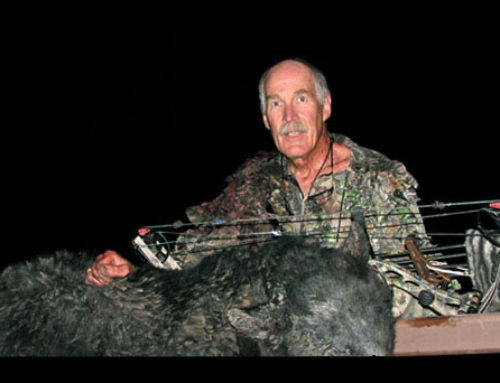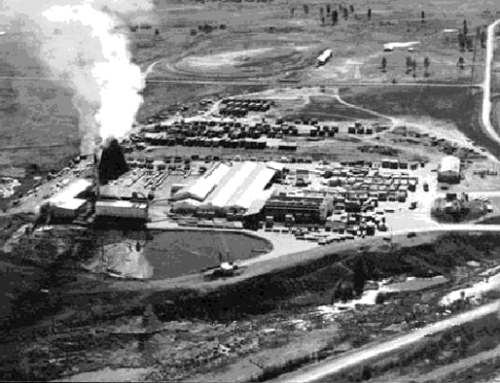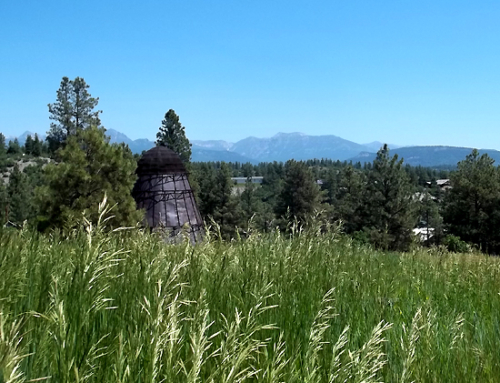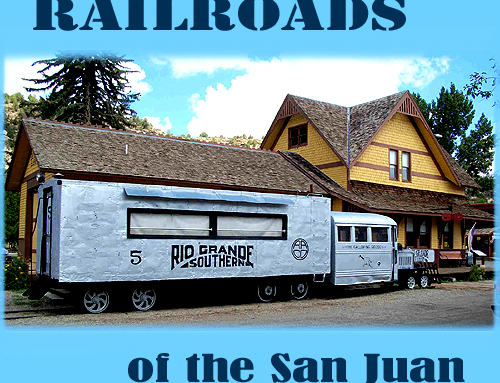 There are endless hiking and healthy exercise opportunities in and around the canyon. Some interesting sites are at a distance that few tourists ever see. Photo credit here.
There are endless hiking and healthy exercise opportunities in and around the canyon. Some interesting sites are at a distance that few tourists ever see. Photo credit here. Chaco Canyon, an experience in history.
The best thing about Chaco Canyon is there are far fewer people visiting the site compared to Mesa Verde and you can walk in the ruins without a guide herding you around. You travel into a different environment for an interesting day or two away when living or staying in Pagosa.
A Long Day Away
Most everyone has been to Mesa Verde, far fewer have made the trek to Chaco Canyon. Chaco is the opposite of Mesa Verde in several ways. Mesa Verde was later in the Anasazi culture at a time when life was hard and they were under pressure to survive. Chaco Canyon was earlier in the historic time frame and the highest phase of the culture. At Mesa Verde they had to build high in cliff caves for protection from attack while at Chaco Canyon they built huge apartment like pueblos out in the canyon floor protected by sheer size and numbers. To really understand this culture at its best you need to go to Chaco Canyon.
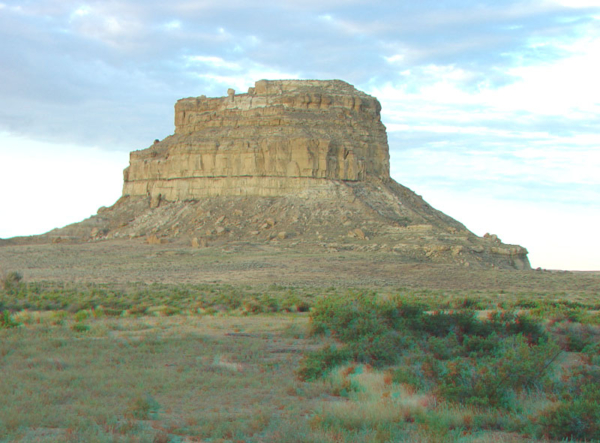
Fajata Butte. On this butte the famous “Sundagger” is located. This is a calendar with special dates illuminated by the sun.
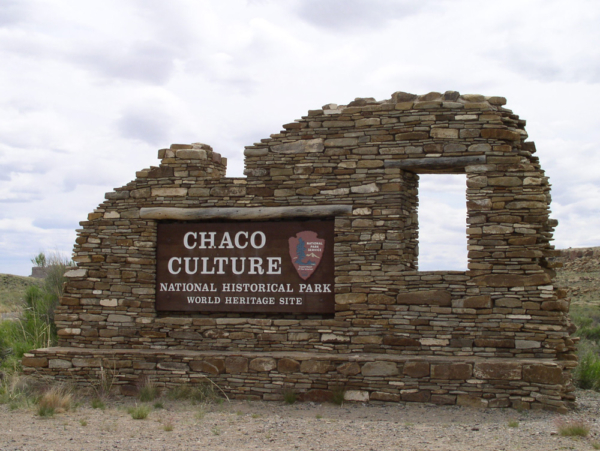
OLYMPUS DIGITAL CAMERA
This long loop road in the canyon floor takes you to the many ruin sites.
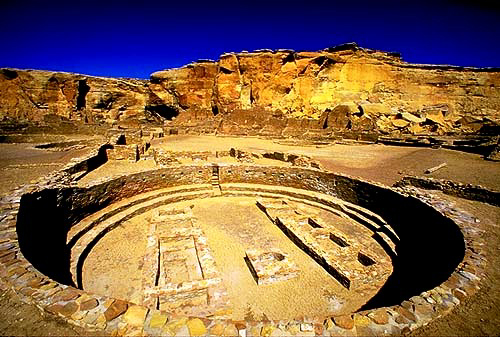
The most famous building is Pueblo Bonito but there are many others to explore.
Chaco Canyon is a long day away from Pagosa and civilization as we know it! It is remote with Dulce, New Mexico the only town between here and there so, take a meal, drinks and snacks with you. Drive south on highway 84 to highway 64 and turn west to Dulce. Take highway 64 from Dulce and turn south on road 537. This road will take you for a long ride through a lovely pine forest to highway 550. Turn west and go to the Chaco Canyon sign and turn south. Go slow on the last few miles as it is often a sandy and rippled road.
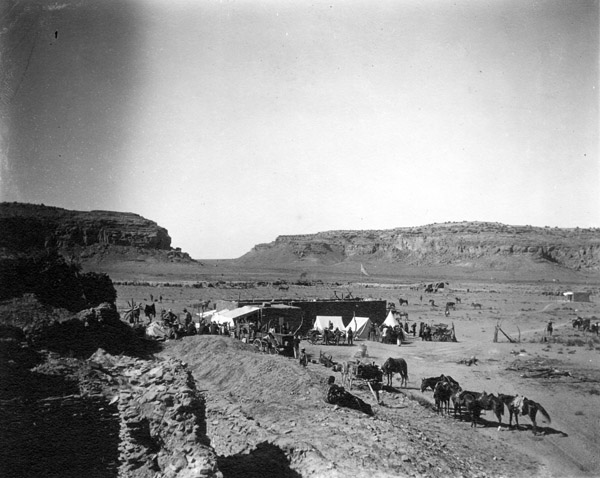
Some of the ruins are so large you might be lost for a few moments wondering through the rooms and hallways.
by Norm Vance
The Anasazi had many high and low points in their history. Generally they developed ever higher technology and knowledge and when good rains allowed good farming, they improved and expanded their culture. At about 900 AD good times culminated in an explosion of activity. This rapid increase in all facets of life, work and culture was so dramatic that scientist term the period a phenomenon. The Webster Dictionary definition of phenomenon that apply here are, “anything that is extremely unusual; an extraordinary occurrence; and having extraordinary qualities”. Archaeologist and anthropologist have long taught that culture was a steady and slow developing process. Recently, newer thinking and research has shown that, at times, changes can happen quickly in a jump forward. The Chaco Phenomenon was an instance of such a rapid jump in culture.
There is a magnificent canyon located in north central New Mexico where this phenomenon occurred and the activity of the Anasazi reached a peak. Named Chaco Canyon, this area had a good river and was at the center of the eastern side of the Anasazi homeland.
The trend of ever larger pueblos reached new highs within the walls of Chaco Canyon, with the construction of multi-level buildings of up to 800 rooms. There were many smaller villages in the area and over a dozen large pueblos. There were special great kivas, ceremonial chambers, built a distance away from the immediate area of the pueblos.
These huge pueblos were built with long range planning. The older style single floor pueblos were simple to build and to enlarge. The major buildings at Chaco Canyon were planned and then under construction for more than two generations. The lower walls had to be built massive in order to support heavy stone walls up to five floors high. It took remarkable planning to locate doors, passageways, kivas and other architectural features.
The best-known pueblo at Chaco Canyon is one the early Spanish named Pueblo Bonito, meaning, the beautiful house. Although Pueblo Bonito receives the most attention, the other giant pueblos in the area just as large and impressive.
These huge buildings required enormous work. Consider the amount of labor involved based on Pueblo Chetro Ketl’s outer wall that is calculated to be composed of 30 million stones. Each stone had to be mined or found, transported, and put into position. Many had to be shaped before being positioned. The method of placing the stones improved at Chaco and all the stone’s surfaces facing out were pecked making dimples so they held the mud adobe covering better.
Anasazi Interstate
So vibrant was the Chaco Phenomenon that the historic trails were no longer acceptable. The Anasazi launched the first and largest road building program by North American Indians. The roads are estimated by scientists to include more than 700 miles of improved surfaces. These roads may have required construction work equal to all pueblo building combined.
The roads were a marvel of construction and provide more mysteries. They were dug to bedrock twenty to thirty feet wide with stone borders. The Anasazi had no beast of burden or wheeled wagons. Why build a road as large as a modern two lane highway? The roads were built almost perfectly straight going up and over obstacles such as hills and cliffs instead of being built around them. For people who carried food in fragile pottery and heavy logs for roof beams, this type of road design made hard work more difficult. Why?
Unless there are major discoveries hidden in the soil of New Mexico, we will never know the answers to the mysteries of the Chaco road system.

